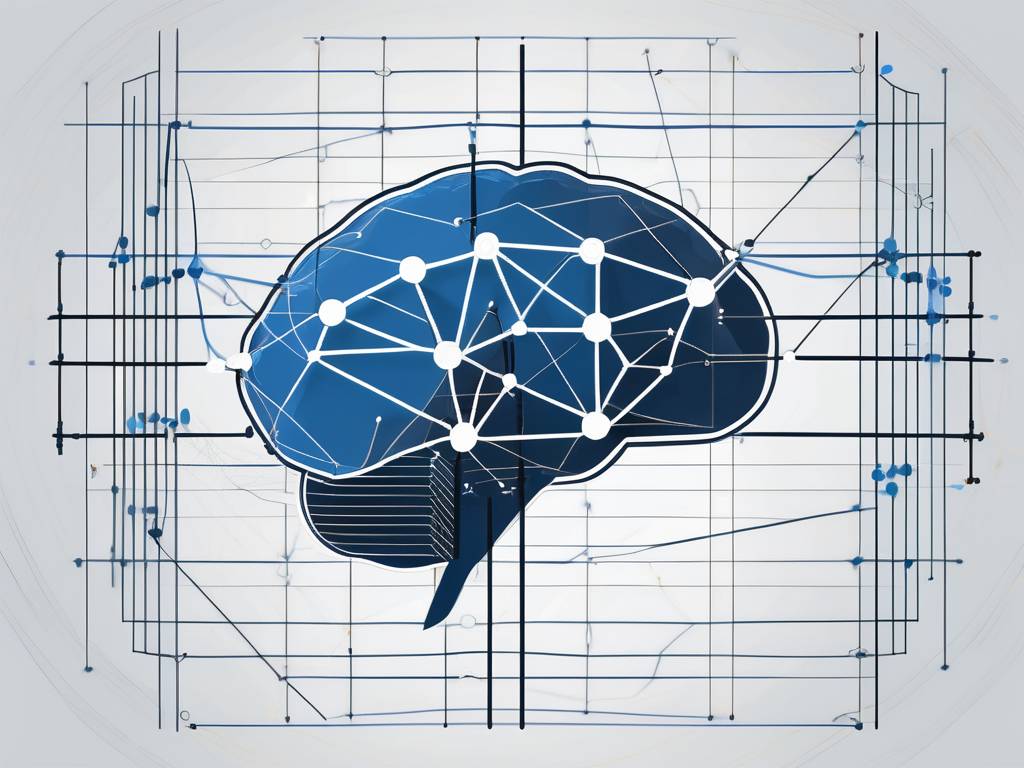Unsupervised vs. Supervised Machine Learning: A Comprehensive Comparison
In the ever-evolving world of machine learning, two major approaches have emerged: unsupervised learning and supervised learning. Both methods have their strengths and weaknesses, and understanding them is crucial for choosing the right approach for your specific problem. In this article, we will provide a detailed comparison of unsupervised learning and supervised learning, delving into their definitions, key concepts, pros and cons, and the factors to consider when making your decision.
Understanding Machine Learning
Before diving into the specifics of unsupervised and supervised learning, let’s start with a brief overview of machine learning itself. Machine learning is a subfield of artificial intelligence that focuses on enabling computers to learn without being explicitly programmed. Instead, machine learning algorithms use data to automatically improve their performance in solving specific tasks.
Machine learning can be further categorized into three main types: supervised learning, unsupervised learning, and reinforcement learning. Supervised learning involves training a model on labeled data, where the algorithm learns to map input data to the correct output. Unsupervised learning, on the other hand, deals with unlabeled data and focuses on finding hidden patterns or intrinsic structures in the input data. Reinforcement learning is a type of machine learning where an agent learns to make decisions by interacting with its environment and receiving rewards or penalties based on its actions.
Defining Machine Learning
Machine learning can be defined as a process where a computer system learns from data, identifies patterns, and makes predictions or takes actions based on those patterns. It involves training algorithms on a given dataset to learn from historical examples and then using that knowledge to make predictions or generate insights when presented with new, unseen data.
Machine learning models can be further classified into regression models, classification models, clustering models, and dimensionality reduction models. Regression models are used to predict continuous values, while classification models are employed to predict discrete values or categories. Clustering models group similar data points together based on their characteristics, and dimensionality reduction models aim to reduce the number of features in a dataset while preserving its essential information.
Importance of Machine Learning in Today’s World
Machine learning has become an integral part of numerous industries, ranging from healthcare and finance to marketing and transportation. Its ability to quickly process and analyze vast amounts of data has opened doors to innovative applications, such as fraud detection, personalized recommendations, self-driving cars, and medical diagnoses. The increasing availability of big data and advancements in computing power have further propelled the adoption of machine learning techniques.
Machine learning plays a crucial role in optimizing business processes and decision-making. By leveraging predictive analytics and machine learning algorithms, organizations can gain valuable insights into customer behavior, market trends, and operational efficiency. This, in turn, enables companies to make data-driven decisions, enhance customer satisfaction, and stay competitive in today’s fast-paced market landscape.
Introduction to Supervised Learning
Supervised learning is a type of machine learning where the model learns from labeled data, with each example in the dataset having a corresponding target or output value. The goal of supervised learning is to train the model to predict the correct output when presented with new, unseen inputs.
Key Concepts of Supervised Learning
Supervised learning revolves around two fundamental concepts: input features and output labels. Input features are the characteristics or attributes of the data that the model uses to make predictions, while output labels are the target values the model aims to predict based on the input features. The process of training a supervised learning model involves mapping the input features to the given output labels.
Pros & Cons of Supervised Learning
Supervised learning offers several advantages, including the ability to make accurate predictions when given labeled data, the ability to handle both regression and classification problems, and the potential for interpretable models. However, it also has its limitations. Supervised learning heavily relies on labeled data, which can be costly and time-consuming to obtain. Additionally, the model’s performance heavily relies on the quality and representativeness of the labeled data.
Introduction to Unsupervised Learning
Unlike supervised learning, unsupervised learning works with unlabeled data, where no specific output values are provided. The goal of unsupervised learning is to discover inherent patterns, structures, or relationships within the data without any pre-existing knowledge of its characteristics.
Key Concepts of Unsupervised Learning
Unsupervised learning relies on discovering meaningful patterns or clusters in data. Clustering algorithms group similar data points together based on their features of interest, while dimensionality reduction techniques aim to extract and represent the most important features from the data. By exploring the data’s internal structure, unsupervised learning algorithms can reveal valuable insights and facilitate further data analysis.
Pros & Cons of Unsupervised Learning
Unsupervised learning offers several benefits, such as the ability to uncover hidden patterns or structures in the data and the potential to handle unlabelled or partially labeled datasets, which are often more easily accessible. However, unsupervised learning also faces challenges. Since unsupervised learning algorithms work without explicit labels, the generated insights or discovered patterns may be subjective or difficult to evaluate objectively. Determining the optimal number of clusters or attributes can also be a complex task.
Differences Between Supervised & Unsupervised Learning
Now that we have an understanding of both supervised and unsupervised learning, let’s compare the two methods from various perspectives.
Data Usage in Supervised vs. Unsupervised Learning
In supervised learning, the availability of labeled data is crucial. The model learns from the labeled examples to make predictions on new, unseen data. On the other hand, unsupervised learning algorithms do not rely on labels. They analyze the inherent structure of the data to identify patterns or clusters without the need for explicit output values.
Accuracy & Efficiency: Supervised vs. Unsupervised Learning
Supervised learning often yields more accurate predictions when presented with labeled data. However, the accuracy heavily depends on the quality and representativeness of the labeled examples. Unsupervised learning, while not focused on prediction accuracy, excels in identifying hidden patterns or relationships in unlabeled data, providing valuable insights and reducing the dimensionality of the data for further analysis.
Choosing Between Supervised & Unsupervised Learning
When deciding between supervised and unsupervised learning methods, several factors need to be considered.
Factors to Consider When Choosing a Learning Method
- Availability of labeled data: If a sufficient amount of labeled data is available and the problem requires accurate predictions, supervised learning may be the better choice.
- Data exploration & insights: If the goal is to uncover hidden relationships or patterns within the data, unsupervised learning offers a valuable approach.
- Resource considerations: The availability of resources, such as computational power and time, should be taken into account. Supervised learning often requires more computational resources and time to gather and label the training data.
- Problem statement: The nature of the problem statement, such as regression or classification, can guide the choice between supervised and unsupervised learning.
Role of the Problem Statement in Choosing a Learning Method
Identifying the problem statement is crucial for selecting the appropriate learning method. Supervised learning is well-suited when dealing with prediction tasks with labeled data, while unsupervised learning is more suitable for exploratory data analysis and finding hidden insights within unlabeled data.
By understanding the definitions, key concepts, pros and cons, and differences between unsupervised and supervised learning, you can make informed decisions when choosing the most suitable method for your specific needs and achieve effective results in your machine learning endeavors
Transform Your Machine Learning Projects With WestLink
Whether you’re looking to harness the power of supervised learning for predictive accuracy or explore the vast potential of unsupervised learning for data insights, WestLink is your ideal partner. With over 7 years of experience, our team of 75+ developers has empowered 100+ happy clients, including leading names like Citizen and Diageo, with custom cloud native software solutions that drive innovation and growth. Our expertise in AI, machine learning, and other advanced technologies ensures that your projects are smart, impactful and award-winning solutions. If you’re ready to elevate your business with cutting-edge machine learning applications, learn more about how WestLink can bring your vision to life.

 hello@westlink.com
hello@westlink.com  (866) 954-6533
(866) 954-6533  700 N Colorado Blvd,
700 N Colorado Blvd,






Comments